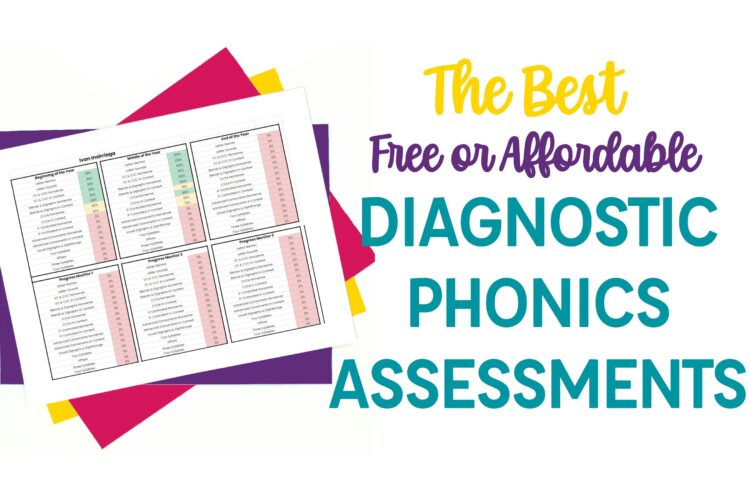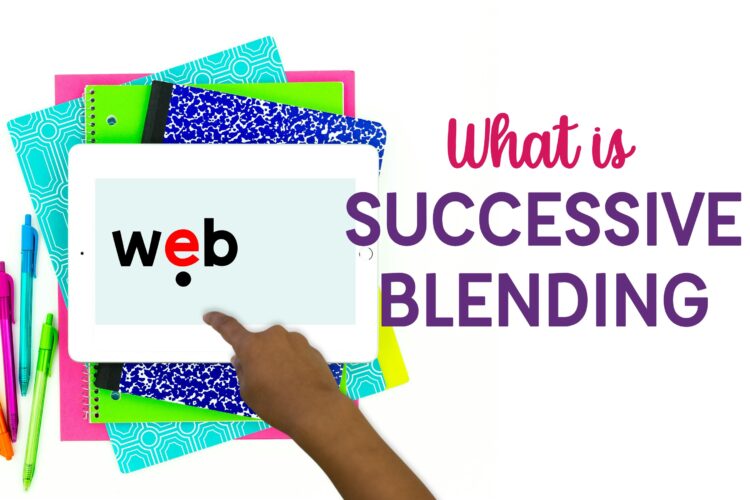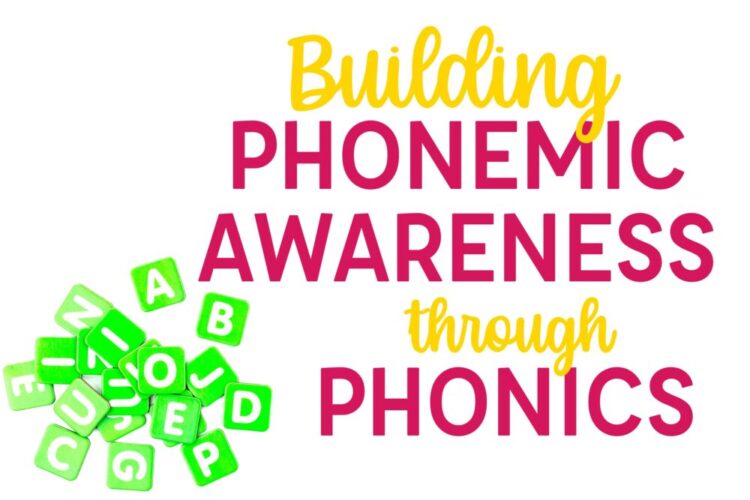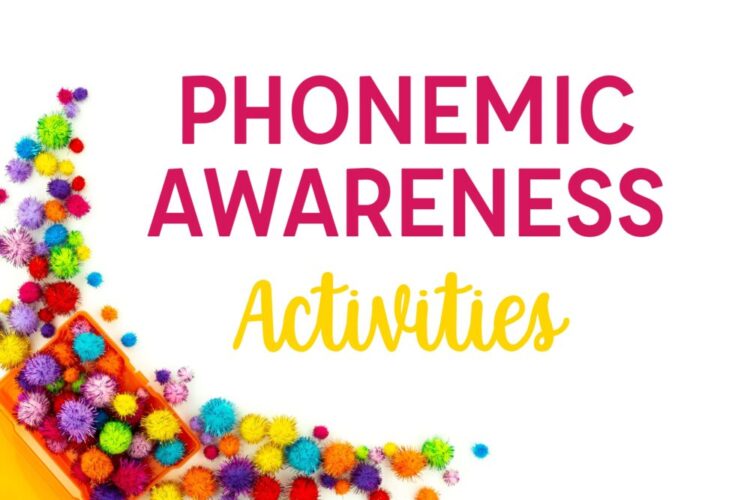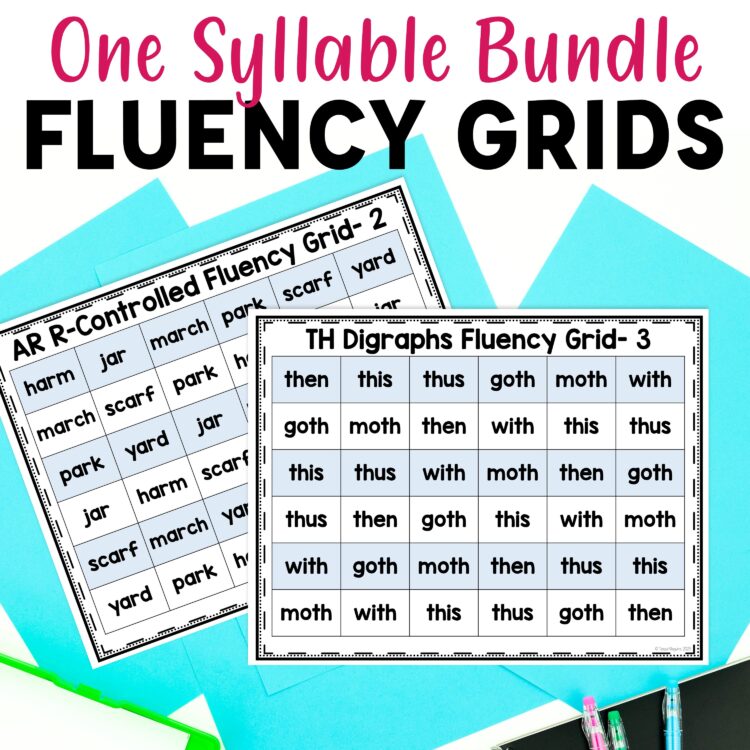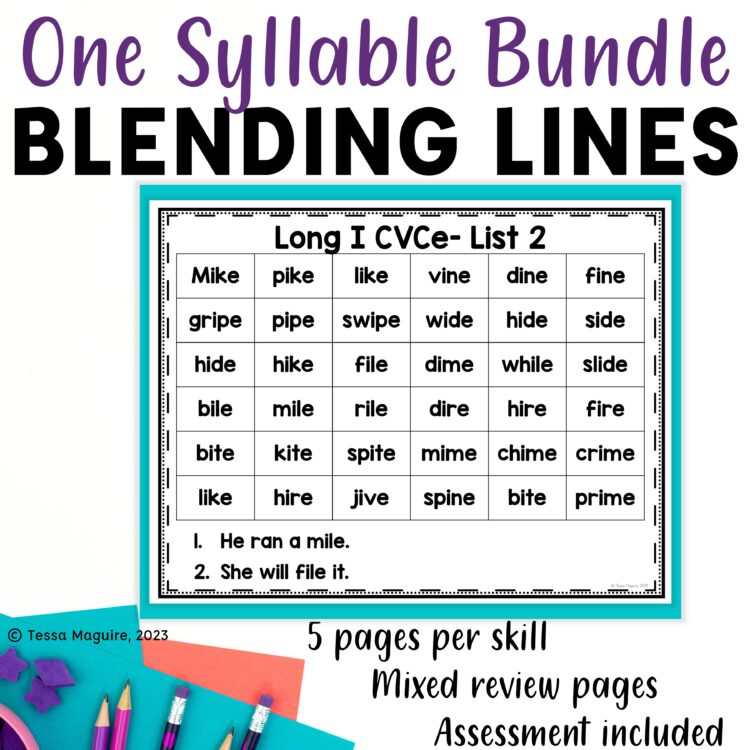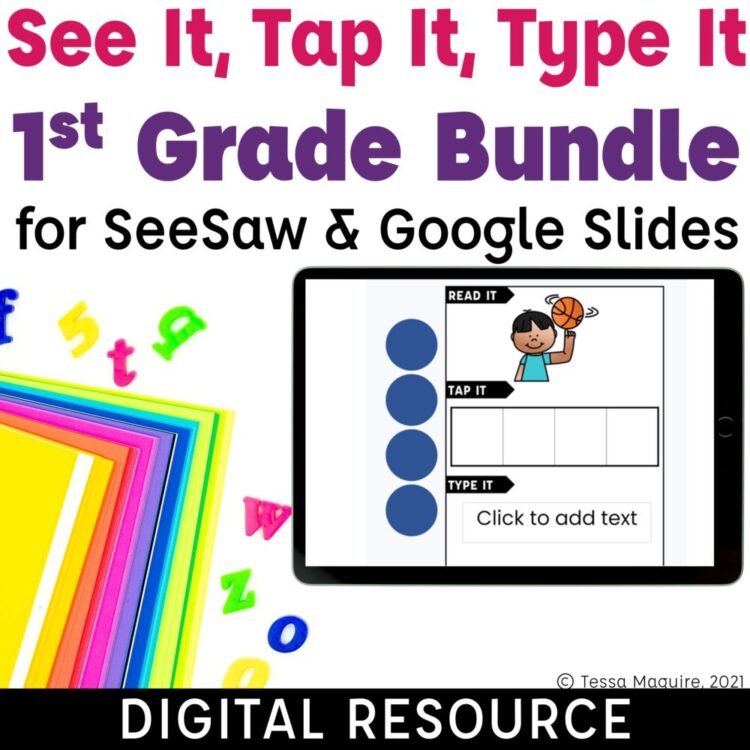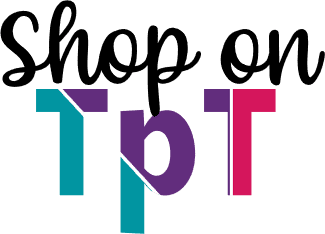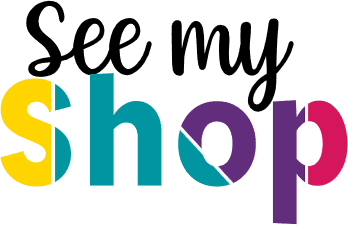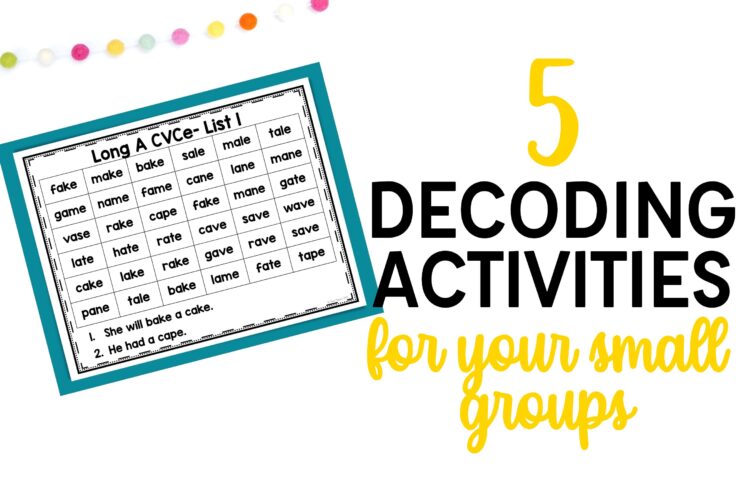
5 Decoding Activities to Practice Phonics Skills
For some students, depending on their phase of reading development, it can take a significant amount of time before a word is orthographically mapped and stored in their long-term memory for quick retrieval. Meaning, it’s recognized on sight and would be considered a “sight word“. Along the way, students need many exposures and repetitions with words to build the needed connections for automatic word reading. Students need opportunities to practice and review skills well after









